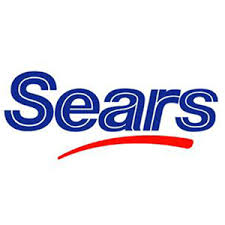A $1,000 Pill?
I read today about a hepatitis C drug that costs $1,000 per pill. It’s called Sovaldi. Don’t get me started on the paucity of pharma names – it seems they are all used up. Marketing consists of 4Ps: Product, Price, Place and Promotion — so I have a question for the marketing director of Sovaldi. Is this a niche product for the very rich? The rich who, by the way, don’t index high for Hep C?
There are three parties involved in this little health care rubric: the drug company, the patient and the insurance company. The drug company (Gilead) is giddy with its 1st quarter earnings. Record earnings. The patients are happy, I suppose, with a drug that presumably is better than what currently exists. And the insurance companies? They must be clearly wondering how this drug got through the FDA.
The pharma marketing director who set the price of Sovaldi must have used a formula to cover R&D, physician detailing, marketing etc., but s/he knew that insurance companies would foot the bill. Very few people can pay $1,000 for a pill.
So who is to blame for approving this non-viable, specialty product? Not to seem cold but someone along the chain must have known this drug price would be a little out of hand. They must also have known insurance companies would pay for it. In what marketing scenario does one price a product so high that nobody but a very few can afford it? Entire families are going without healthcare in the ACA Age because of the price of one of these pills. Something is broken. And someone from the insurance industry needs to step up and fix it. Peace.





